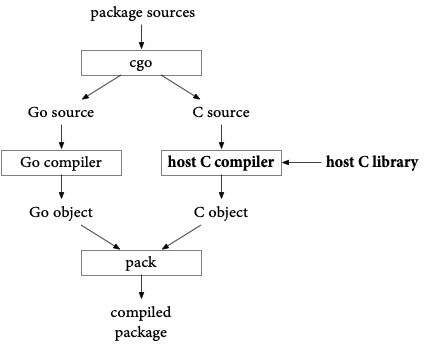_1736786666.jpeg)
Understanding the Go Compiler: A Comprehensive Overview
Go, often referred to as Golang, is a powerful programming language designed for efficiency and simplicity. Its features include:
- High-Level Abstraction: Simplifies complex operations.
- Binary Executable Output: Produces efficient standalone binaries.
- Static Typing: Ensures type safety at compile time.
- Advanced Concurrency: Facilitated by goroutines.
- Comprehensive Networking APIs: Simplifies network-based applications.
- Low Boilerplate Code: Reduces redundancy.
- Rich Standard Library: Includes built-in tools and utilities.
- Built-in Testing Tools: Simplifies the testing process.
- Auto-Formatting: Ensures consistent code style.
Applications of Go
Go is widely adopted for:
- Web Development: Building MVC applications and REST APIs.
- Cloud and Network Services: Creating scalable and robust solutions.
- DevOps and Site Reliability: Developing tools like orchestrators.
- Command-Line Interfaces (CLI): Building efficient CLI tools.
How the Go Compiler Transforms Code into Executable Binaries
The Go compiler translates Go source code into executable machine code through a systematic series of steps. Here is a breakdown of this process:
1. Lexical Analysis
- The source code is divided into fundamental units called tokens.
- Tokens include keywords, identifiers, literals, operators, and other language elements.
- Whitespace and comments are discarded during this phase.
2. Parsing
- The compiler constructs a parse tree or Abstract Syntax Tree (AST) to represent the code's structure.
- This step ensures the syntactic correctness of the program.
3. Semantic Analysis
- The AST is analyzed to enforce language rules and detect errors.
- Checks include verifying variable declarations, type compatibility, and scope rules.
4. Intermediate Representation (IR)
- The compiler generates an intermediate, platform-independent representation of the code.
- The IR serves as a foundation for optimizations and transformations.
Outcomes of the IR Process:
- Dead Code Elimination: Removes unreachable code.
- Function Call Inlining: Integrates function calls directly into the caller.
- Devirtualization: Resolves dynamic method calls into direct calls.
- Escape Analysis: Determines the memory location of variables.
- Static Single Assignment (SSA): Simplifies variable assignments to streamline optimizations.
5. Code Optimization
- The IR undergoes optimizations to enhance performance and reduce redundancy.
- Common techniques include constant folding, loop unrolling, and further dead code elimination.

6. Code Generation
- The optimized IR is translated into machine code for the target platform.
- Depending on the architecture, this may involve generating assembly code or direct machine code.
7. Linking
- If the program includes multiple files or external libraries, the linker combines them into a single executable binary.
- This step resolves references across files and libraries.
8. Execution
- The final output is an executable binary that can run directly on the target system.
Additional Considerations
- Garbage Collection: Go incorporates an automatic garbage collector, simplifying memory management.
- Concurrency: Go’s goroutines and channels, supported by the runtime, make concurrent programming efficient and scalable.
- Runtime Features: The Go runtime handles tasks like scheduling and synchronization for smooth execution.
The Go compiler and runtime environment together ensure a streamlined development process, making it an excellent choice for modern software engineering.
.jpg)
.jpg)
.jpg)

.jpg)
.jpg)
.jpg)
.jpg)
.jpg)
